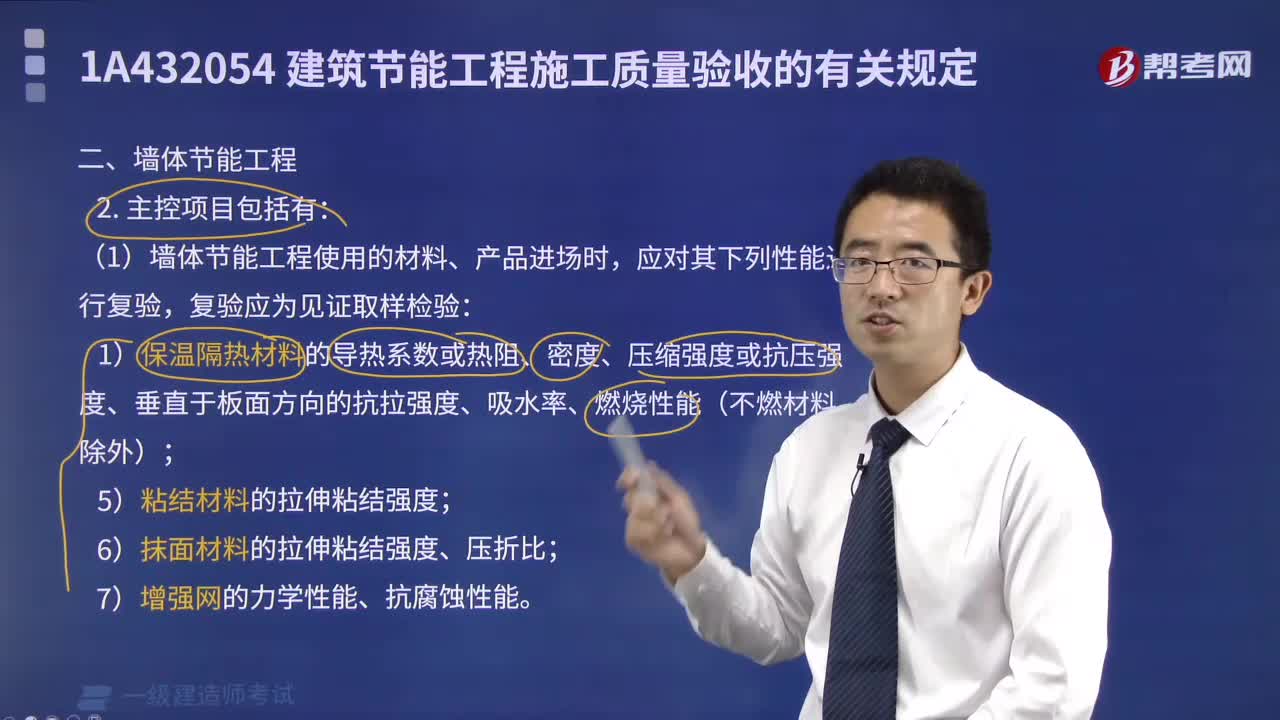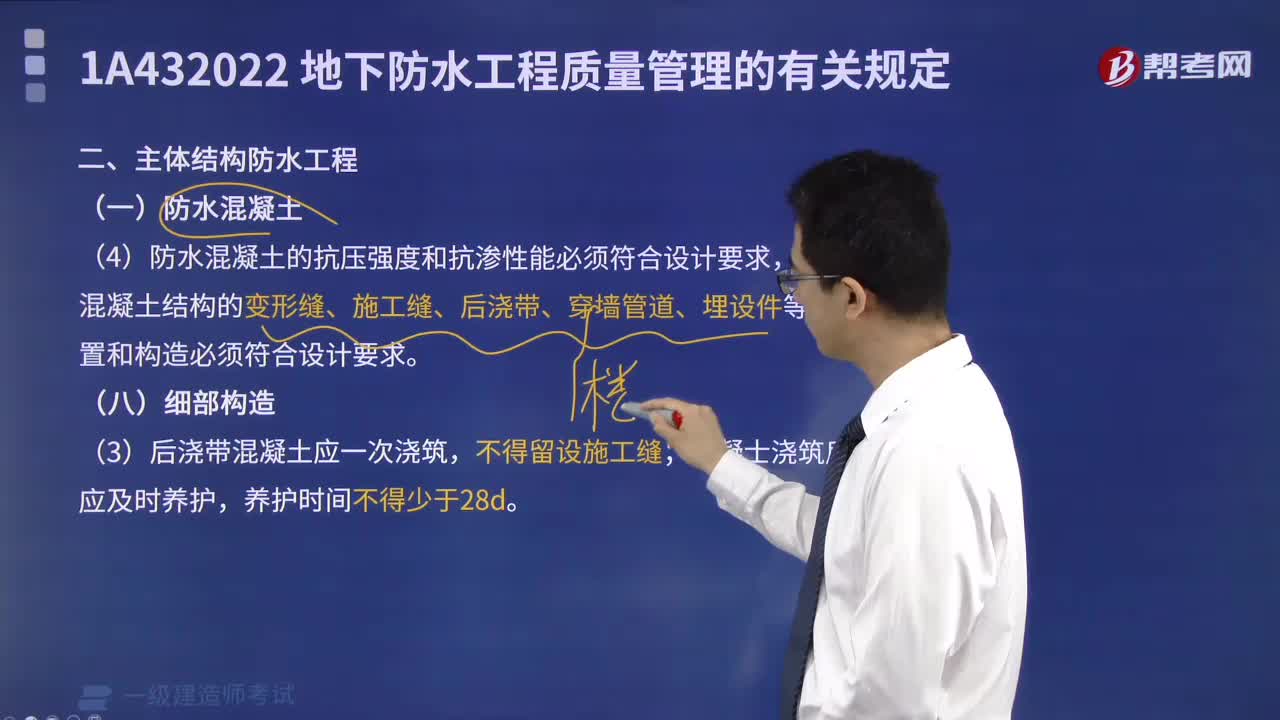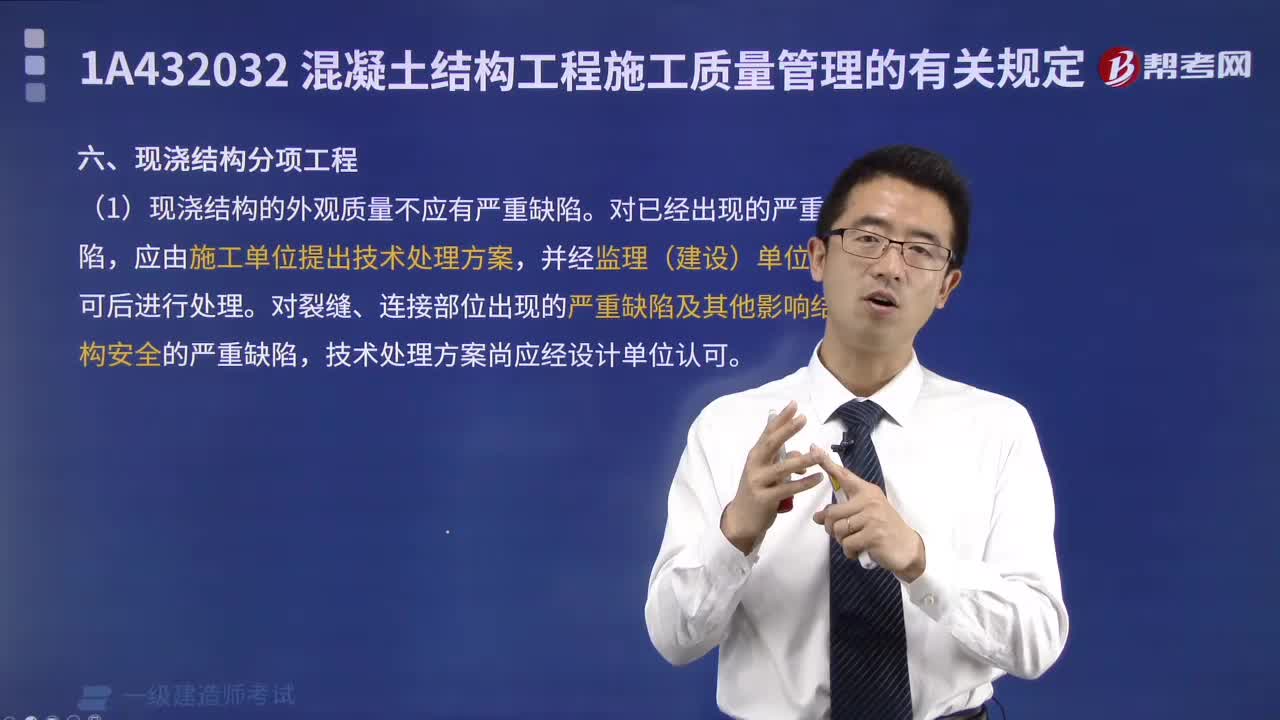
下载亿题库APP
联系电话:400-660-1360

下载亿题库APP
联系电话:400-660-1360

请谨慎保管和记忆你的密码,以免泄露和丢失

请谨慎保管和记忆你的密码,以免泄露和丢失

PASSAGE TWO
As Gilbert White,Darwin, and others observed long ago, all species appear to have the innate capacity to increase their numbers from generation to generation. The task for ecologists is to untangle the environmental and biological factors that hold this intrinsic capacity for population growth in check over the long run. The great variety of dynamic behaviors exhibited by different population makes this task more difficult: some populations remain roughly constant from year to year; others exhibit regular cycles of abundance and scarcity; still others vary wildly, with outbreaks and crashes that are in some cases plainly correlated with the weather, and in other cases not.
To impose some order on this kaleidoscope of patterns, one school of thought proposes dividing populations into two groups. These ecologists posit that the relatively steady populations have density-dependent growth parameters; that is, rates of birth, death, and migration which depend strongly on population density. The highly varying populations have density-independent growth parameters, with vital rates buffeted by environmental events;these rates fluctuate in a way that is wholly independent of population density.
This dichotomy has its uses, but it can cause problems if taken too literally. For one thing, no population can be driven entirely by density-independent factors all the time. No matter how severely or unpredictably birth, death, and migration rates may be fluctuating around their long-term averages, if there were no density-dependent effects, the population would, in the long run, either increase or decrease without bound (barring a miracle by which gains and losses canceled exactly)。 Put another way, it may be that on average 99 percent of all deaths in a population arise from density-independent causes, and only one percent from factors varying with density. The factors making up the one percent may seem unimportant, and their cause may be correspondingly hard to determine. Yet, whether recognized or not, they will usually determine the long-term average population density.
In order to understand the nature of the ecologist’s investigation, we may think of the density-dependent effects on growth parameters as the signal ecologists are trying to isolate and interpret, one that tends to make the population increase from relatively low values or decrease from relatively high ones, while the density-independent effects act to produce noise in the population dynamics. For populations that remain relatively constant, or that oscillate around repeated cycles, the signal can be fairly easily characterized and its effects described, even though the causative biological mechanism may remain unknown. For irregularly fluctuating populations, we are likely to have too few observations to have any hope of extracting the signal from the overwhelming noise. But it now seems clear that all populations are regulated by a mixture of density-dependent and density-independent effects in varying proportions.
16. The author of the text is primarily concerned with
[A] Discussing two categories of factors that control population growth and assessing their relative importance.
[B] Describing how growth rates in natural populations fluctuate over time and explaining why these changes occur.
[C] Proposing a hypothesis concerning population size and suggesting ways to test it.
[D] Posing a fundamental question about environmental factors in population growth and presenting some currently accepted answer.
17. It can be inferred from the text that the author considers the dichotomy discussed to be
[A] Applicable only to erratically fluctuating populations.
[B] instrumental, but only if its limitations are recognized.
[C] Dangerously misleading in most circumstances.
[D] A complete and sufficient way to account for observed phenomena.
18.According to the text, all of the following behaviors have been exhibited by different populations EXCEPT
[A] Roughly constant population levels from year to year.
[B] Regular cycles of increases and decreases in numbers.
[C] Erratic increases in numbers correlated with the weather.
[D] Unchecked increases in numbers over many generations.
19. The discussion concerning population in the third paragraph serves primarily to
[A] Demonstrate the difficulties ecologists face in studying density-dependent factors limiting population growth.
[B] Advocate more rigorous study of density-dependent factors in population growth.
[C] Prove that the death rates of any population are never entirely density-independent.
[D] underline the importance of even small density-dependent factors in regulating long-term population densities.
20. In the text, the author does all of the following EXCEPT
[A] Cite the views of other biologists.
[B] Define a basic problem that the text addresses.
[C] Present conceptual categories used by other biologists.
[D] Describe the results of a particular study.
 79
79为什么商务英语考试中有的考生不允许入场?:为什么商务英语考试中有的考生不允许入场?考点将拒绝考生入场,并不予改期考试或退还考费:1. 抵达考点与网上报名所选考点不一致;2. 未携带准考证或规定的有效身份证件;3. 所携身份证件的有效性未通过核验;4. 身份证件类型和号码与所持准考证显示信息不符;5. 身份证件相片与本人明显不符;6. 未按准考证规定时间到达考场;7. 不服从监考人员的管理,扰乱考场秩序。
 21
21需要具备怎样的基础才能备考商务英语BEC中级?:商务英语中级需要有大学英语四级到六级的水平。
 30
30学习商务英语BEC初级需要具备怎样的基础?:学习商务英语BEC初级需要具备怎样的基础?根据BEC考试大纲的要求,学习BEC初级需要有公共英语四级的水平。
 01:06
01:062022-04-07
 02:49
02:492022-04-07
 03:02
03:022022-04-07
 01:43
01:432022-04-07
 02:01
02:012022-04-07

微信扫码关注公众号
获取更多考试热门资料